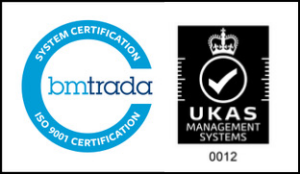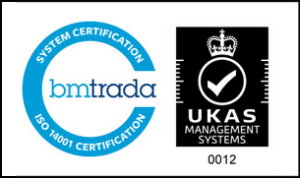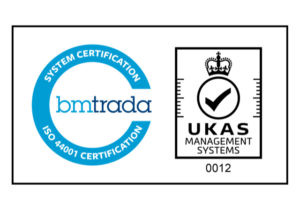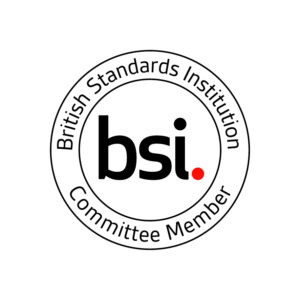Increasing capacity for human movement with systems-led infrastructure
As a pillar of the UK’s commuter network, railways are a prime example of why infrastructure needs to be designed with end users in mind. Systems-led infrastructure focuses on the end user and the systems necessary for supporting them throughout.
How does systems-led infrastructure support human systems?
A tunnel might remain for 100 years, but the way people travel will evolve greatly during that time. The population will also grow and change significantly, so evolving station capacity needs to be supported. New railways have often historically been built to relieve overcrowding on adjacent lines and regions, but they need to integrate with other networks and systems.
A systems-led approach considers the tunnels and station systems that integrate into them as interdependent live assets. For example, platform displays can be placed in optimal locations for passengers to navigate vast stations, move efficiently around them and mitigate overcrowding. Lighting, ventilation, fire and safety systems can also be designed sufficiently for the station and tunnel specifications, rather than adapting late in the process to the structure’s constraints. This improves the operational life of all assets holistically.
The systems-led approach prioritises these systems and the outcomes-focus from the outset, so the end user is left with a structure that best meets their requirements.
How does systems-led infrastructure deliver an end-result focus?
The systems-led approach considers project phases and dependencies in terms of the outputs for the end user, rather than delivering a static asset. Assets are designed to adapt and evolve with the needs of the people using them over time.
Planning adequate time for testing with trial runs ensures the rail service can perform to the frequency and consistency required, easing peak periods. Station systems like PA and CCTV are planned from the start so there aren’t delays from the delivery team realising those assets need to adapt during the installation phase.
Systems-led infrastructure delivers the people-centric values promoted in the Flourishing Systems report, so projects design and deliver human value long into the future.
FEATURED PROJECTS
EXPLORE OUR PROJECTS
UPGRADING SALTASH TUNNEL
VVB provided mechanical & electrical services for the design, supply, install, integrate, commission, test and handover for the replacement A38 Saltash Tunnel Control System (TCS) and associated systems.
Read moreBirmingham Westside Metro Extension
The tram network lies at the heart of the region’s exciting public transport integration plans.
Read moreBank Station Capacity Upgrade
Bank Station, in the centre of the city of London, is the fourth most congested interchange within the Underground network.
Read moreBeddington to Rowdown
VVB was involved in the M&E systems for the cable replacement works in an existing National Grid tunnel.
Read more

















